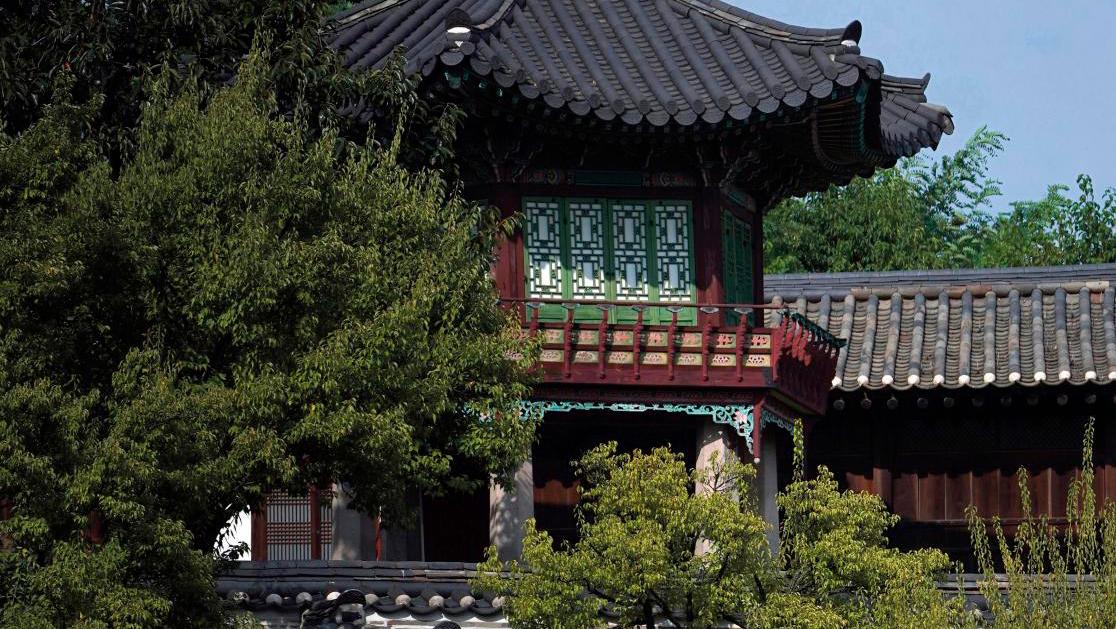Its buildings in harmony with its surroundings and its enchanting garden are the perfect expression of the Korean vision of beauty and space. A UNESCO World Cultural Heritage Site, the Royal Palace of Seoul is a true haven in the heart of a busy megalopolis.
Seoul is a capital of stark contrasts. Today, it is the kingdom of K-culture, trendy neighborhoods and mega-architecture like the Dongdaemun Design Plaza, designed by Zaha Hadid Architects, but it also possesses a heritage evoking its glorious past, reflected in the five royal palaces still housed within its walls. One, Changdeokgung—the "Palace of Prosperity"—is particularly striking, with its buildings laid out according to Confucian principles and its splendid huwon : literally "back garden" or "secret garden". Located in the Jongno-gu District, situated north of the Han River and east of the first and most important building of the Joseon period (1392-1897), Gyeongbokgung (the "Palace of Resplendent Happiness"), Changdeokgung was built between 1405 and 1412 by the dynasty’s third king, Taejong. Because Gyeongbokgung had been the setting for a fratricidal war for the throne, the king who reigned from 1400 to 1418 decided to live in a new place, in the center of a larger estate of 58 hectares (143 acres). “At the beginning of the Joseon Dynasty," says Chung Hwa-Young, heritage curator in…
com.dsi.gazette.Article : 41725
This article is for subscribers only
You still have 85% left to read.
